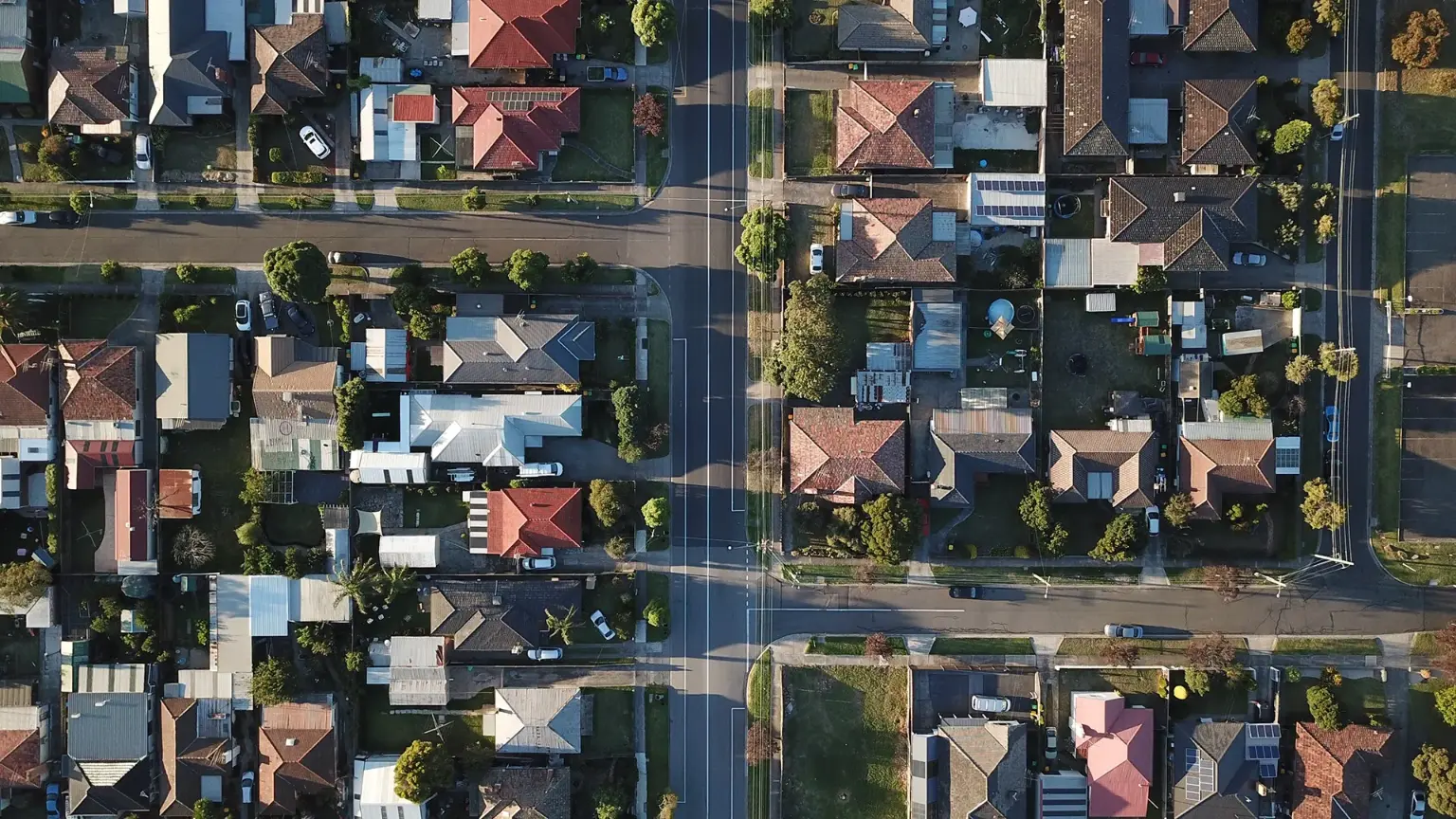Don't just observe the housing crisis – leverage it. Understand how Australia's unprecedented dwelling deficit could be the catalyst for your next successful investment.
Australia is grappling with a significant housing shortage, a topic dominating headlines and impacting individuals across the nation. While the human element of this crisis is undeniable, for astute property investors, it also presents a compelling, long-term opportunity. The federal government's ambitious National Housing Accord aims to deliver 1.2 million new homes between mid-2024 and mid-2029, yet experts project a substantial shortfall. Understanding the drivers and implications of this deficit is key to making informed investment decisions in the current Australian property market.
The Ambitious Target vs. The Stark Reality
The National Housing Accord's target of 1.2 million new dwellings over five years translates to an average of 240,000 homes annually. This represents a significant uplift from historical construction rates, demonstrating the urgent need recognised by all levels of government. However, the National Housing Supply and Affordability Council (NHSAC) paints a sobering picture, forecasting a shortfall of 262,000 dwellings by mid-2029. This isn't just a statistical projection; it's a gap that will directly influence supply and demand dynamics for years to come.
Looking at recent performance, the figures reinforce this challenging outlook. In the 2024 financial year, Australia completed only 177,000 new dwellings. This fell considerably short of the underlying demand, estimated at 223,000 homes for that same period. The gap widened further over the financial year ending June 2024, with 62,000 fewer homes built than necessary to keep pace with population growth. The NHSAC's assessment that the housing deficit worsened by 47,000 homes in the 2024–25 financial year alone highlights the persistent challenge.
Unpacking the Hurdles: Why Supply Can't Keep Up
Several interconnected factors are hindering Australia's ability to ramp up housing supply at the required pace. These challenges aren't easily solved and point towards a sustained period where demand will likely outstrip supply:
-
Insufficient Workforce: A critical bottleneck is the severe shortage of skilled labour in the construction industry. Estimates suggest that meeting the 1.2 million home target would require an additional 90,000 construction workers. This isn't just about raw numbers; it’s about a pipeline of qualified tradespeople across all facets of home building. Without them, even the best-laid plans face execution hurdles.
-
High Costs and Economic Pressures: The current economic climate further complicates matters. Persistent high interest rates increase borrowing costs for developers and buyers alike. Elevated construction costs, driven by supply chain issues, material price hikes, and labour shortages, squeeze profit margins and can render projects unfeasible. For investors considering building, these cost pressures need careful consideration.
-
Slow Planning and Approval Systems: Australia's complex and often fragmented planning and approval processes at state and local government levels are a significant source of delays. Lengthy waiting times, bureaucratic hurdles, and unpredictable outcomes add both time and cost to development projects, deterring new supply. Efforts to streamline these processes are underway, but systemic change takes time.
-
Low Productivity and Innovation Lag: The construction sector has historically lagged behind other industries in terms of productivity growth and the adoption of innovative building techniques. While there are pockets of advancement, a broader shift towards more efficient and scalable construction methods is needed to accelerate dwelling completions.
-
NIMBY (Not In My Backyard): Local community opposition to higher-density housing developments, often termed NIMBY, can stall or even prevent projects from proceeding. While community input is vital, balancing individual concerns with the broader societal need for more housing is a delicate act that frequently prolongs development timelines.
The Investor's Vantage Point
For Australian property investors, the implications of this persistent housing shortage are profound:
-
Sustained Demand: A fundamental imbalance between dwelling supply and population growth creates sustained demand for housing, both for sale and rent. This underpins property values and rental growth.
-
Rental Market Pressures: With fewer homes being built than needed, the competition for rental properties intensifies. This translates into lower vacancy rates and upward pressure on rents, offering attractive yields for investors.
-
Capital Growth Potential: While markets fluctuate, the long-term structural undersupply of housing provides a strong fundamental argument for capital growth in well-located properties. Properties in areas with high demand and limited new supply are particularly well-positioned.
-
Strategic Investment: Investors can strategically target areas where the housing shortage is most acute, or where planned infrastructure and amenity improvements are likely to exacerbate demand pressures. This might include areas close to employment hubs, transport links, or regions experiencing strong population influx.
Conclusion
Australia's housing shortage is a complex challenge with deep roots, and it's unlikely to be resolved swiftly. While the government's ambitious targets signal a commitment to increasing supply, the myriad obstacles facing the construction industry suggest a sustained period where demand will outstrip the available housing stock. For Australian property investors, this creates a unique market environment. By understanding the underlying dynamics of supply and demand, and carefully identifying areas with strong fundamentals, investors can position themselves to capitalise on this enduring housing deficit. The current climate isn't just about navigating a challenging market; it's about recognising the inherent opportunities that arise when supply simply cannot keep pace with need.
Visit our website to view all our available investment properties www.ausinvestmentproperties.com.au
Photo: Troy Mortier
_1760408926gJ50A-cover.jpg)
_1764731815HUFUX-card.jpg)
_1764211036lHsm6-card.png)
_1762916285NoFl4-card.jpg)
_17623130443GJfk-card.jpg)

_1758680457EfP8W-card.png)

_1764731815HUFUX.jpg)
_1764211036lHsm6.png)
_1762916285NoFl4.jpg)
_17623130443GJfk.jpg)
_1760408926gJ50A.jpg)
_17598783571Kaml.jpg)



